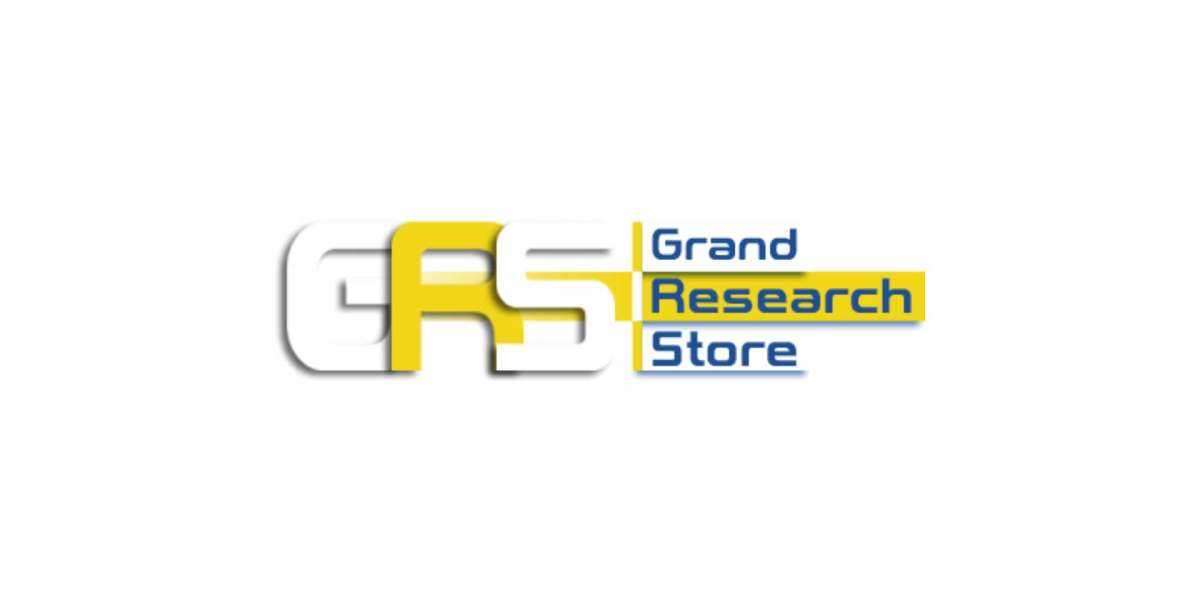In the world of software development, your tech stack is like the foundation of a house. It determines how strong, functional, and scalable your application will be. But with so many options out there, choosing the right tech stack can feel like wandering through a maze. Whether you’re building a sleek web app, a powerful enterprise tool, or a startup MVP, your tech stack decision is critical. And if you need guidance, teaming up with a trusted NYC IT outsourcing partner can make navigating this maze a whole lot easier.
Here’s your straightforward guide to understanding tech stacks, why they matter, and how to choose the best one for your project.
What Is a Tech Stack?
A tech stack is the combination of programming languages, frameworks, libraries, and tools that work together to build and run your application. Think of it as your app’s recipe—each ingredient is vital to the final dish.
- Front-End (Client-Side): This is the part users see and interact with. Technologies like HTML, CSS, and JavaScript create the interface, while frameworks like React, Angular, or Vue.js add functionality and polish.
- Back-End (Server-Side): This is the engine that powers your app. It handles the logic, data processing, and communication with the database. Popular back-end technologies include Python, Ruby, PHP, or JavaScript (Node.js), alongside databases like MySQL, PostgreSQL, or MongoDB.
Why Does Your Tech Stack Matter?
The tech stack you choose directly impacts your project’s success, influencing how smoothly it runs and how easily it can grow. Here are some key reasons why it’s crucial:
- Development Speed: Some stacks, like Ruby on Rails, offer pre-built tools and frameworks that can speed up the coding process.
- Scalability: A good stack ensures your app can handle growth—whether it’s more users, more data, or both—without breaking down.
- Maintainability: Clean, well-documented tools make it easier for developers to troubleshoot, update, and expand your app later on.
- Cost Efficiency: The stack can affect development, hosting, and maintenance costs. Open-source options, for example, can save money compared to proprietary solutions.
- Developer Availability: Some stacks have large, active communities, meaning you’ll have an easier time finding skilled developers to work on your project.
How to Choose the Right Tech Stack
Selecting the perfect tech stack requires balancing your project’s needs with practical considerations. Here’s a checklist to guide your decision:
- Understand Your Project Requirements
Clearly define your goals and features. Are you building a simple informational website or a complex, data-heavy platform? Different projects demand different tools.
- Evaluate Your Team’s Expertise
If your team is skilled in a specific stack, it might be wise to stick with what they know. Alternatively, you can hire specialists for technologies outside your wheelhouse.
- Think About Scalability
Will your app need to scale in the future? If yes, choose technologies known for their scalability, like Node.js for the back end or cloud-native platforms for deployment.
- Factor in Time to Market
For projects with tight deadlines, use stacks that prioritize speed and simplicity, like Django for Python or MEAN/MERN for JavaScript.
- Budget Wisely
Compare costs for licensing, development, hosting, and maintenance. Open-source stacks can be cost-effective, but ensure they meet your technical needs.
- Consider Community Support
A robust developer community means more resources, tutorials, and third-party plugins, which can simplify troubleshooting and accelerate development.
- Prioritize Security
For applications dealing with sensitive data, choose stacks that emphasize security. Frameworks like Django and .NET offer built-in features to protect your app.
Popular Tech Stack Options
Here’s a quick overview of some widely-used tech stacks and their strengths:
- MEAN/MERN (JavaScript-Based): MongoDB, Express.js, Angular/React, Node.js. Great for real-time apps and single-page applications (SPAs).
- LAMP: Linux, Apache, MySQL, PHP. A classic stack for traditional web applications.
- Ruby on Rails: Known for rapid development and convention-over-configuration design. Perfect for startups and MVPs.
- Django (Python): Secure and scalable, ideal for data-heavy apps.
- Serverless Architecture: Tools like AWS Lambda or Google Cloud Functions for event-driven apps that minimize infrastructure management.
- .NET Stack (Microsoft): Reliable and versatile, great for enterprise applications and Windows environments.
What’s Next in Tech Stack Trends?
Technology evolves quickly, so keeping an eye on emerging trends can future-proof your project:
- Serverless Computing: Simplifies development by removing the need for managing infrastructure.
- AI and ML Integration: Adds advanced functionality like predictive analytics and personalization.
- Edge Computing: Speeds up performance by processing data closer to the source.
- Low-Code/No-Code Platforms: Opens up app creation to non-technical users.
Wrapping Up
Choosing the right tech stack is one of the most critical decisions in software development. It shapes how your app performs, scales, and evolves over time. By considering factors like project goals, team expertise, and scalability needs, you can make informed choices that set your app up for success.
And if you’re feeling overwhelmed by the options, working with a trusted NYC IT outsourcing partner can simplify the process. Whether it’s designing the user interface, developing the back end, or managing the whole project, having the right support ensures your app is built to thrive.



